Best Time to Visit Zion National Park
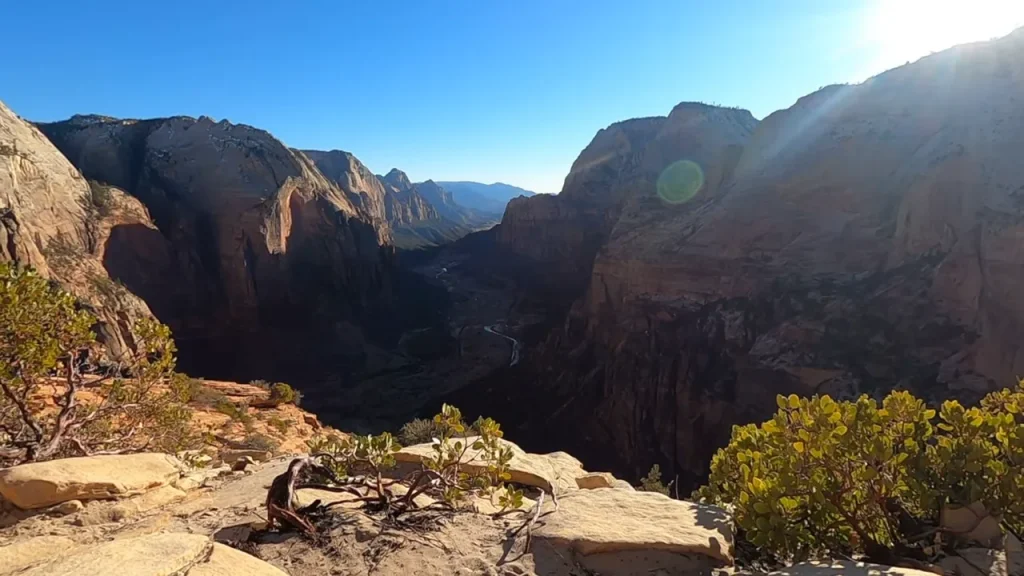
Zion National Park, located in Utah, is one of the most breathtaking destinations in the United States. Its towering red cliffs, lush valleys, and unique desert landscapes draw millions of visitors each year. Deciding the best time to visit depends on your preferences for weather, crowds, and activities. Here is a comprehensive guide to help you plan your trip.
Table of Contents
Factors to Consider When Planning Your Visit
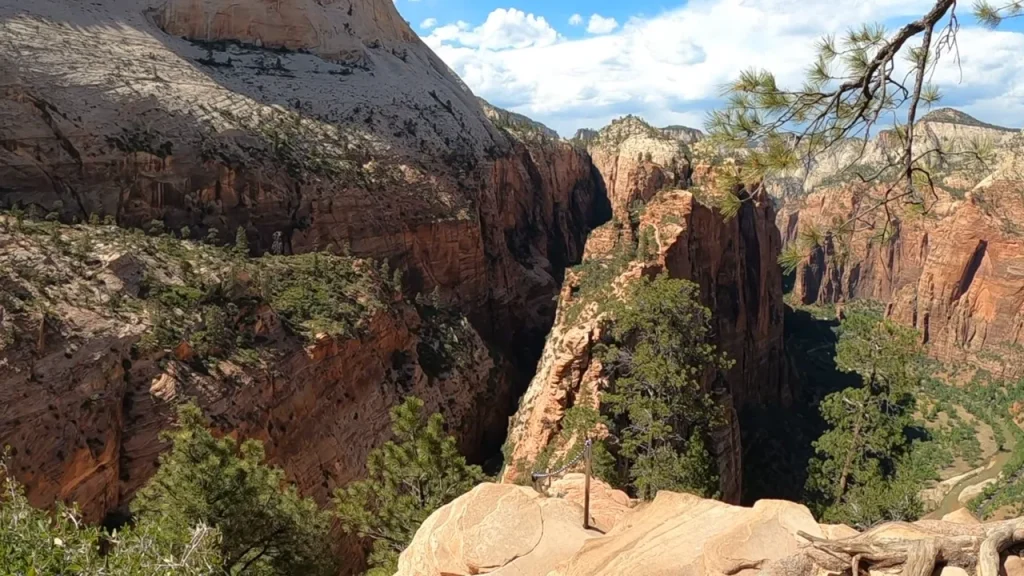
Before choosing when to visit Zion, think about:
- Weather: Temperatures can range from scorching in summer to chilly in winter.
- Crowds: Popular times of year bring more visitors, while off-seasons offer solitude.
- Activities: Certain hikes and adventures are better suited for specific seasons.
- Shuttle Services: The Zion shuttle schedule varies by season, impacting park access.
Spring (March to May)
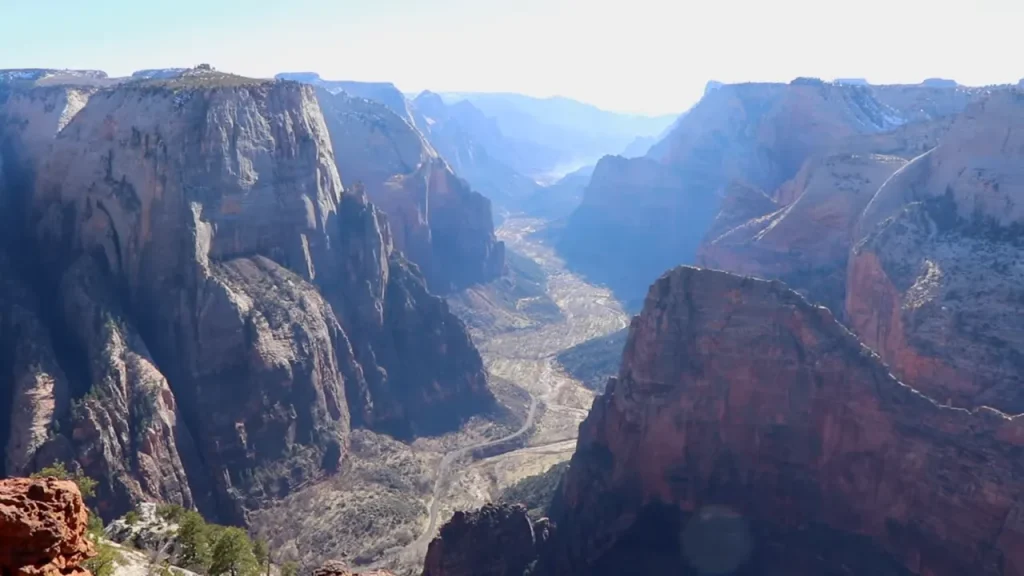
Spring is a delightful time to visit Zion National Park. The weather is mild, with average highs ranging from 66°F in March to 86°F in May. Wildflowers bloom, and the park’s beauty comes alive with vibrant colors.
Pros:
- Comfortable hiking weather.
- Water levels in the Virgin River are perfect for exploring The Narrows.
- Beautiful spring blooms.
Cons:
- Can be busy during spring break.
Tips for Visiting in Spring:
- Dress in Layers: Mornings and evenings can be chilly, so layering is essential.
- Start Early: Popular trails like Angels Landing and The Narrows can get crowded.
- Check Trail Conditions: Spring runoff may affect accessibility to certain areas.
- Reserve Accommodations Early: Spring is a popular season, so book your stay well in advance.
Summer (June to August)
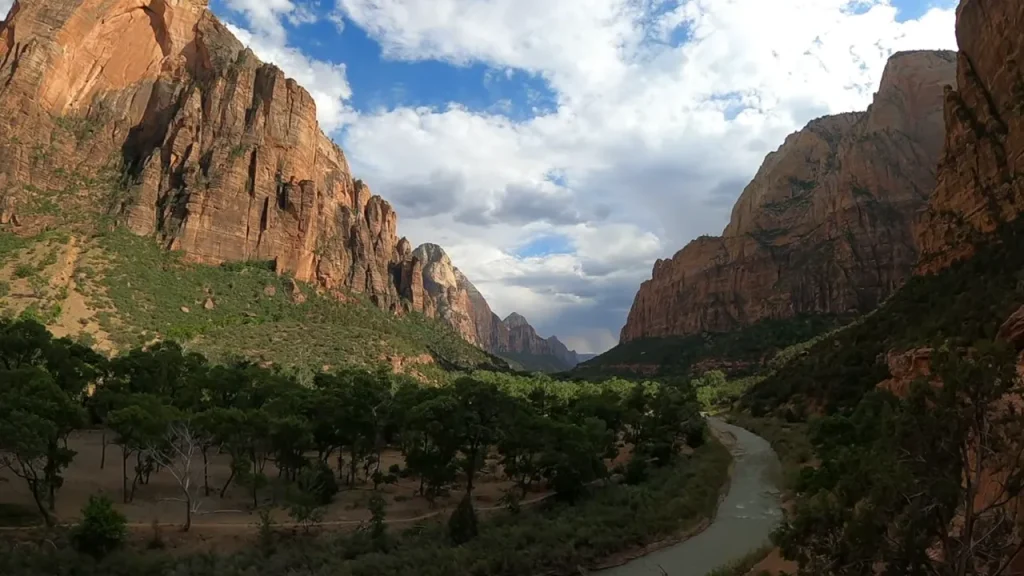
Summer brings warm temperatures, with highs often exceeding 100°F in July and August. The park is lush and green, making it a stunning time to visit, but it’s also the busiest season.
Pros:
- Great for water-based activities.
- Long daylight hours for exploration.
Cons:
- Intense heat during midday.
- Large crowds, especially on weekends.
Tips for Visiting in Summer:
- Avoid Midday Heat: Explore early in the morning or late in the afternoon.
- Stay Hydrated: Carry plenty of water and wear breathable clothing.
- Use the Shuttle System: The park shuttle reduces traffic congestion and gets you to trailheads efficiently.
- Prepare for Monsoons: Afternoon thunderstorms are common, so check weather forecasts and avoid slot canyons during rain.
- Hike Riverside Walk: This trail leads to The Narrows and offers relief from the heat.
Fall (September to November)
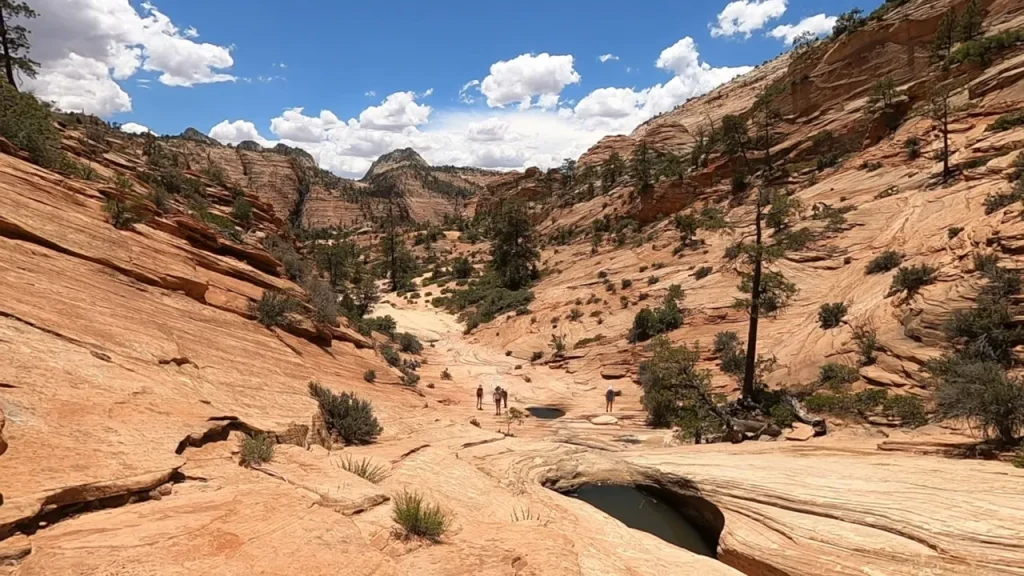
Fall is one of the most picturesque times to visit Zion. Temperatures cool down, ranging from highs of 91°F in September to 64°F in November, and the autumn foliage is breathtaking.
Pros:
- Moderate weather.
- Stunning fall colors.
- Fewer crowds compared to summer.
Cons:
- Shorter daylight hours.
Tips for Visiting in Fall:
- Catch Peak Foliage: Visit in late October or early November for the best fall colors.
- Plan Afternoon Hikes: Temperatures are cooler in the morning and evening, making midday ideal for outdoor activities.
- Check Shuttle Schedules: The shuttle system may operate on a reduced schedule.
- Pack Layers: Days are warm, but mornings and evenings can be chilly.
Winter (December to February)
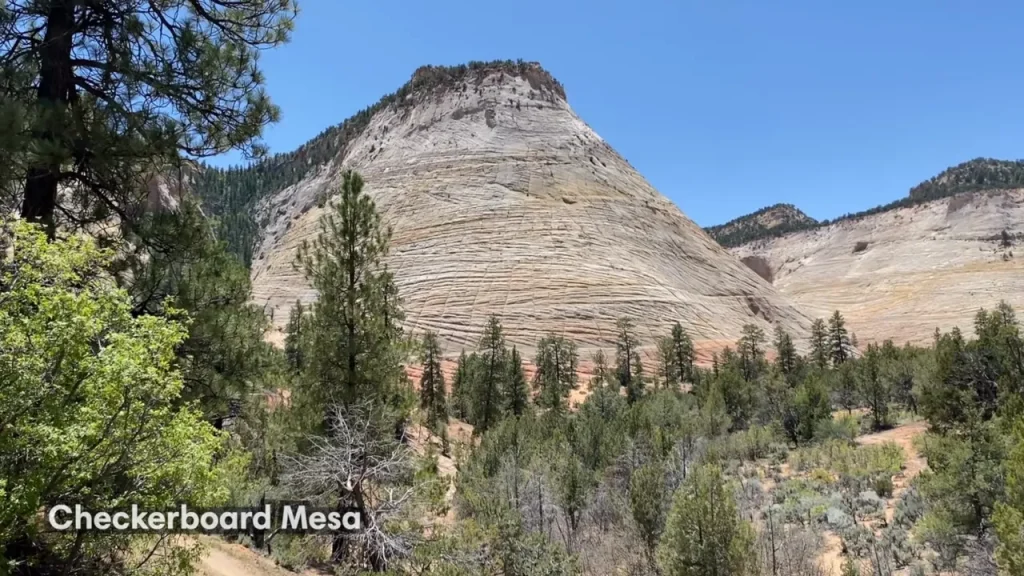
Winter offers a tranquil and serene experience. Snow dusts the red cliffs, creating a magical landscape, and temperatures range from highs of 53°F to lows of 30°F.
Pros:
- Least crowded season.
- Unique photo opportunities with snow-covered scenery.
- Great for solitude seekers.
Cons:
- Limited access to some areas due to snow or ice.
- Short daylight hours.
Tips for Visiting in Winter:
- Wear Proper Gear: Pack insulated clothing and footwear suitable for icy conditions.
- Hike Safely: Trails like Angels Landing can be icy, so consider using microspikes or YakTrax.
- Enjoy the Quiet: Take advantage of the peaceful atmosphere to explore less-visited areas.
- Check for Road Closures: Some roads, like those in Kolob Canyons, may close during heavy snow.
General Tips for Visiting Zion National Park
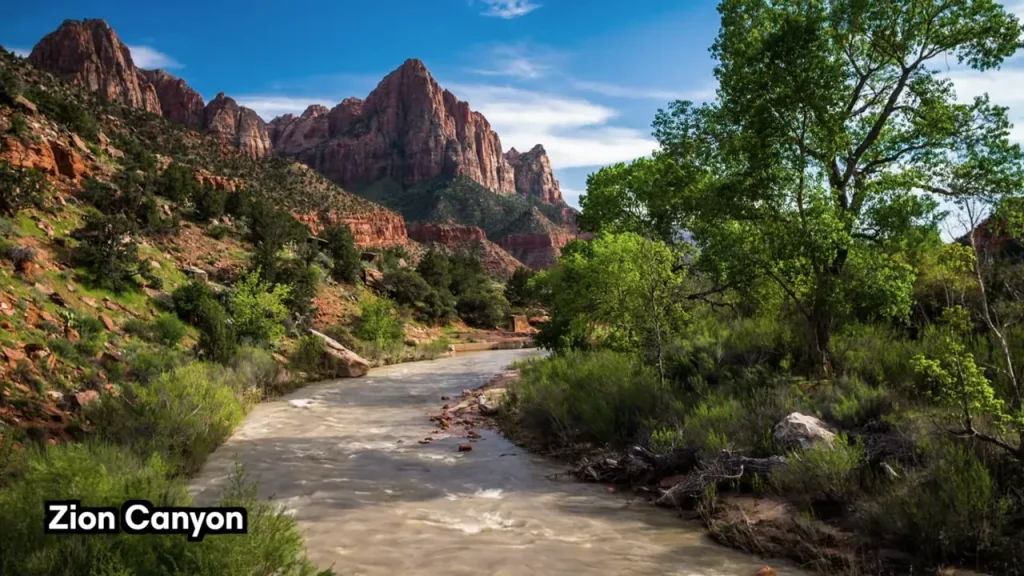
- Plan Ahead: Reserve campsites, park passes, and shuttle tickets as early as possible.
- Follow Park Rules: Respect wildlife and stay on designated trails to preserve the ecosystem.
- Stay Updated: Check the National Park Service website for current conditions and alerts.
- Pack Essentials: Bring plenty of water, sunscreen, and snacks for your adventure.
Each season offers its unique charm and challenges, so choose the time that best aligns with your interests and enjoy the wonders of Zion National Park!
When to Avoid Visiting Zion
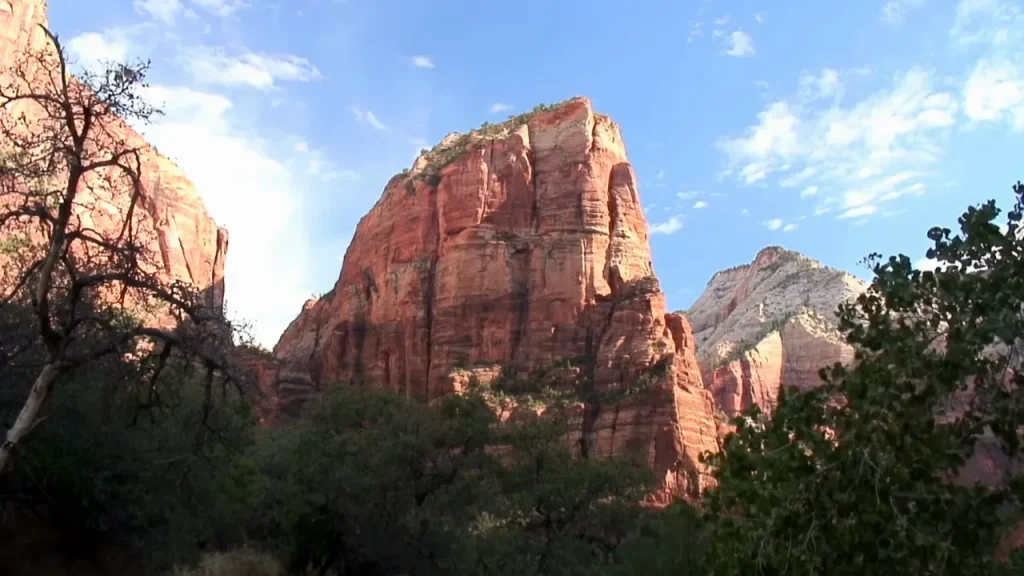
Certain times of year can be challenging due to high visitor numbers or limited access:
- Holiday Weekends: Memorial Day, Labor Day, Thanksgiving, and Christmas are extremely busy.
- Hot Mid-Summer Days: Unless you’re comfortable with intense heat, consider avoiding July and August.
If visiting during these times, explore less crowded areas like Kolob Canyons, Snow Canyon State Park, or Kanab.
Seasonal Highlights
| Season | Best For | Challenges |
|---|---|---|
| Summer | Water activities, lush scenery | Crowds, intense heat |
| Spring/Fall | Moderate weather, fewer crowds | Limited daylight, shuttle changes |
| Winter | Peaceful hikes, snow-dusted views | Cold weather, potential closures |
Conclusion
The best time to visit Zion National Park depends on your priorities. Summer offers vibrant landscapes and water activities but comes with heat and crowds. Spring and fall provide moderate weather and beautiful scenery, while winter is perfect for solitude and serene vistas.
Whenever you choose to visit, planning ahead and staying flexible will help you make the most of Zion’s incredible beauty.